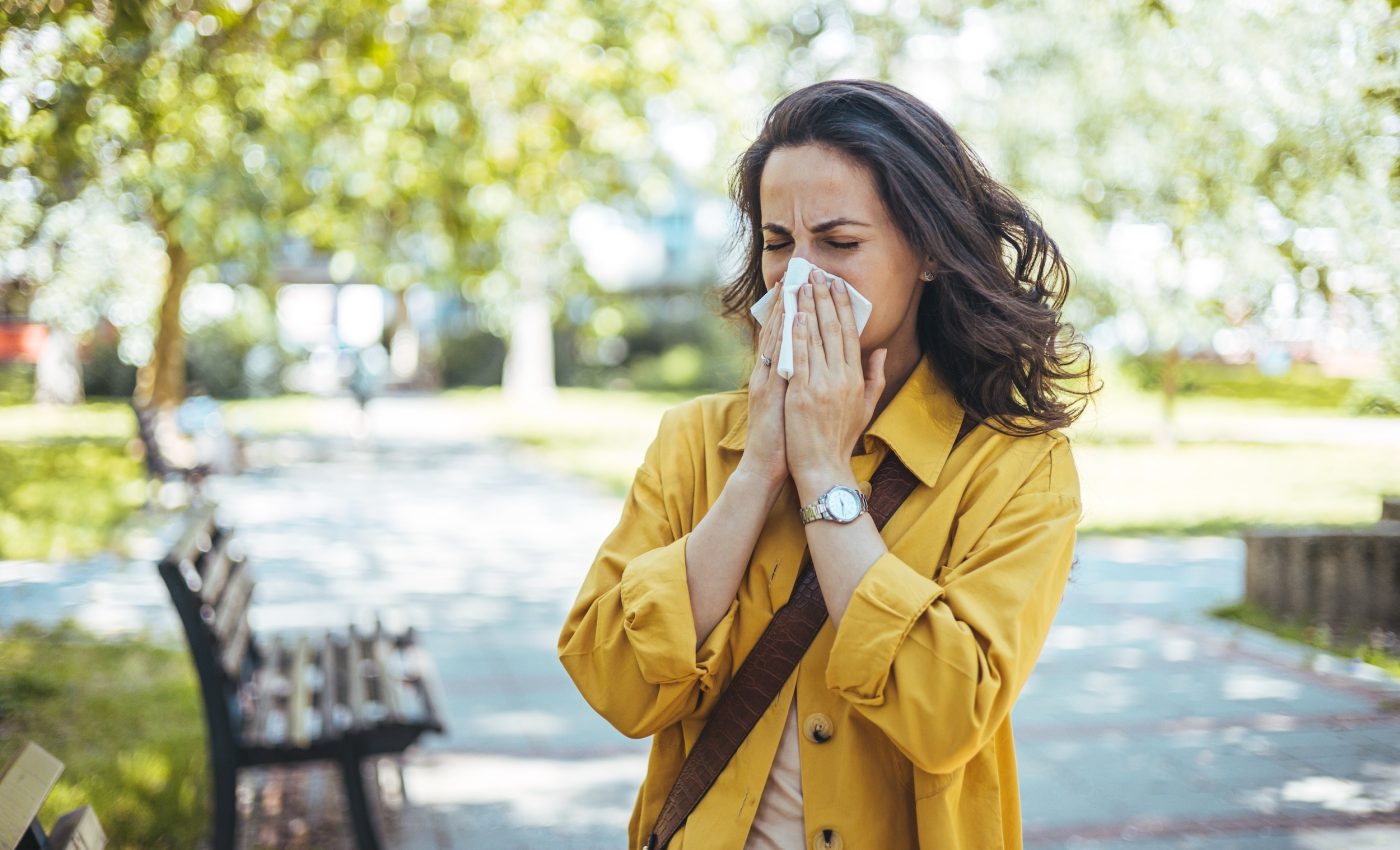
AI is transforming pollen science and health planning
A new artificial intelligence (AI) system can now separately identify fir, spruce, and pine pollen in seconds. The achievement promises cleaner city design, sharper allergy alerts, and deeper insight into ecological change.
The project was led by experts at the University of Texas at Arlington, the University of Nevada, and Virginia Tech. Working together, the scientists trained nine machine learning models on microscope images held at the University of Nevada’s Museum of Natural History.
The best algorithm outpaced human specialists in both speed and precision. It did so while still relying on expert‑prepared slides and careful ecological context.
AI provides sharp data on pollen
“With more detailed data on which tree species are most allergenic and when they release pollen, urban planners can make smarter decisions about what to plant and where,” said study co‑author Behnaz Balmaki, an assistant professor of research in biology at UTA.
Better planting choices can lower the pollen burden near schoolyards, hospital entrances, playgrounds, and high‑density housing. The same data can feed real‑time dashboards that warn residents ahead of high‑pollen days.
AI offers timely pollen health alerts
“This is especially important in high‑traffic areas like schools, hospitals, parks and neighborhoods. Health services could also use this information to better time allergy alerts, public health messaging, and treatment recommendations during peak pollen seasons,” Balmaki said.
Many current forecasts lump all tree pollen together. The new model can flag which species spike on which day. That detail lets doctors adjust advice and lets patients fine‑tune medication schedules.
Windows into past climates
Pollen grains preserved in lake mud and peat bogs provide a time‑stamped record of earlier landscapes. By identifying each grain, researchers track how forests moved as rainfall and temperature shifted. Until now, the work was often slow and limited to broad plant families. AI can cut that bottleneck and it begins with pollen.
“Even with high‑resolution microscopes, the differences between pollens are very subtle,” Balmaki noted. That subtlety forced specialists to spend hours at the eyepiece. In large sediment cores, millions of grains wait for classification.
Deep learning speeds the count
“Our study shows deep‑learning tools can significantly enhance the speed and accuracy of pollen classification,” Balmaki said.
“That opens the door to large‑scale environmental monitoring and more detailed reconstructions of ecological change. It also holds promise for improving allergen tracking by identifying exactly which species are releasing pollen and when.”
Automated pipelines could soon scan thousands of slides and upload results to open databases. That will give climatologists a sharper map of past droughts, heat waves, and recovery phases.
Benefits for farm and field
“Pollen is a strong indicator of ecosystem health,” Balmaki said. Plants that drop less pollen than normal may signal water stress or soil decline. Farmers who watch those shifts gain an early warning about crop risk years before yields drop.
“Shifts in pollen composition can signal changes in vegetation, moisture levels, and even past fire activity. Farmers could use this information to track long‑term environmental trends that affect crop viability, soil conditions, or regional climate patterns.”
Protecting pollinators with technology
Healthy meadows rely on bees, butterflies, and other insects that depend on exact bloom times. As Balmaki put it, “many animals, including insects like bees and butterflies, rely on specific plants for food and habitat.”
If certain pollen types disappear, conservation teams know which wildflower patches need rescue due to the latest AI technology.
“By identifying which plant species are present or declining in an area, we can better understand how these changes impact the entire food web and take steps to protect critical relationships between plants and pollinators.”
Testing pollen with AI models
The researchers scanned vintage fir, spruce, and pine grains dating back decades. Each algorithm learned minute ridge patterns and pore counts that mark one conifer from another. The top model flagged correct IDs at rates that rival seasoned palynologists.
“This shows that deep learning can successfully support and even exceed traditional identification methods in both speed and accuracy,” Balmaki said.
Still, glass slides must be spotless, and labels must remain clear. The team stresses that people and machines work best together.
“But it also confirms how essential human expertise still is. You need well‑prepared samples and a strong understanding of ecological context. This isn’t just about machines – it’s a collaboration between technology and science,” he added.
More resilient cities and landscapes
The group will now feed images from oaks, maples, grasses, and weeds into the network. With AI, a national atlas of species‑specific pollen bursts could emerge within a few years. Scientists could chart vegetation shifts after hurricanes, track drought damage, or study warming trends that push southern trees northward.
The fusion of AI and classical botany offers more than scientific speed. It equips city planners with plant lists that cut respiratory distress. It hands growers a living gauge of soil and climate change. It gives ecologists a microscope that never tires.
As pollen seasons lengthen in a warming world, such precision tools will matter. The research marks a step toward a future where every grain of pollen tells its story quickly and clearly, helping people breathe easier and guiding smarter stewardship of plants and the land.
The study is published in the journal Frontiers in Big Data.
—–
Like what you read? Subscribe to our newsletter for engaging articles, exclusive content, and the latest updates.
Check us out on EarthSnap, a free app brought to you by Eric Ralls and Earth.com.
—–













